
Human Interest
Discover inspiring stories about real people and how they manage their vision health. You can also satisfy your curiosity about topics like why onions make us cry.

Getting glasses can be a big change for a child of any age. These kids’ books about glasses can help turn the experience into an adventure.

Love onions so much they bring a tear to your eye? Learn why cutting onions makes you cry, how to stop the tears from flowing and more.

Video games can be harmful to mental and physical health, but they can also provide benefits. Learn more about the problems and the benefits.
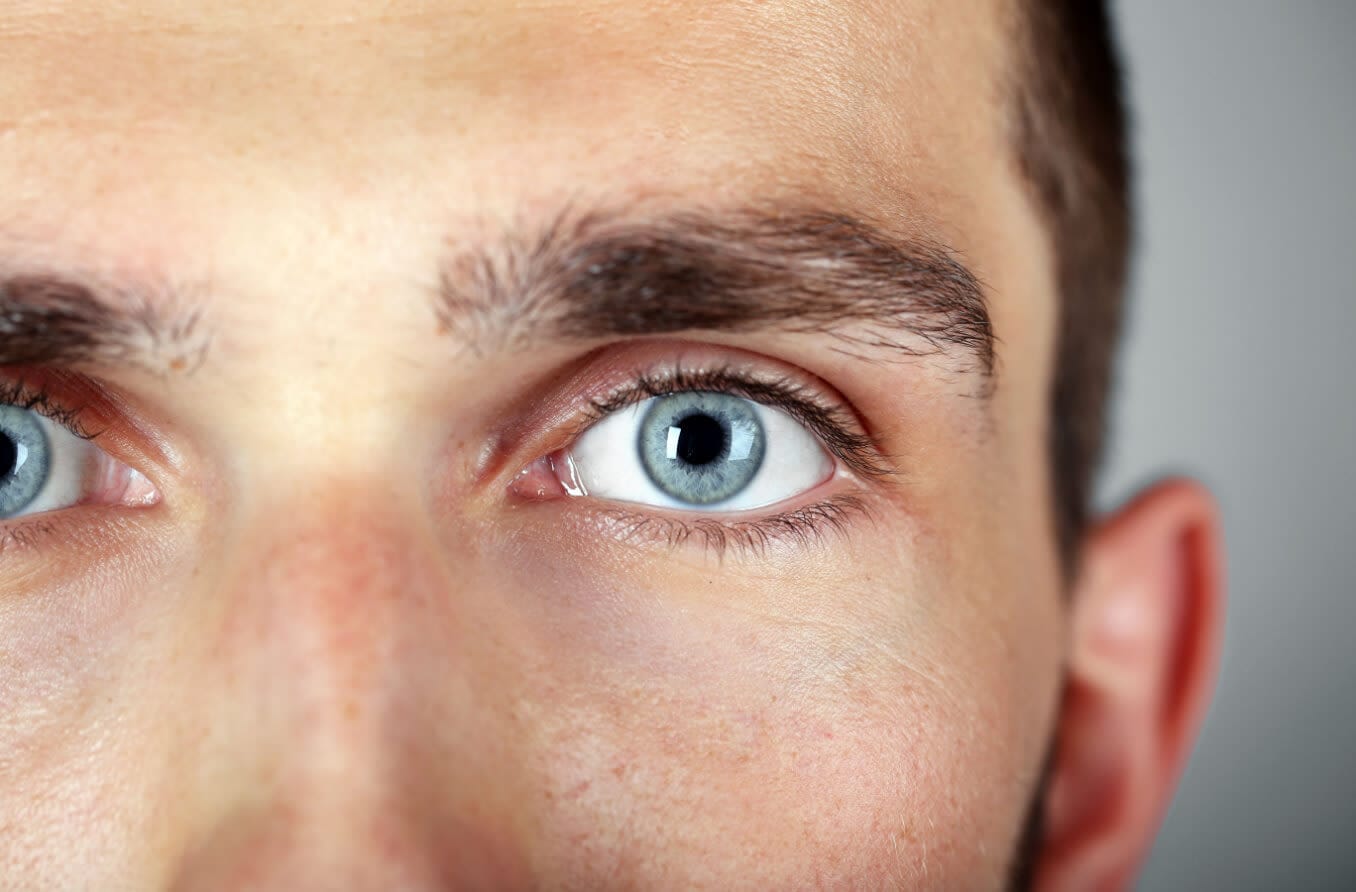
Research has found that certain eye behaviors are more common in psychopaths. Learn what could be considered “psychopath eyes.”

Find out why the theory of eye movement and lying isn’t reliable. Plus, learn the best ways to determine if someone is lying to you.
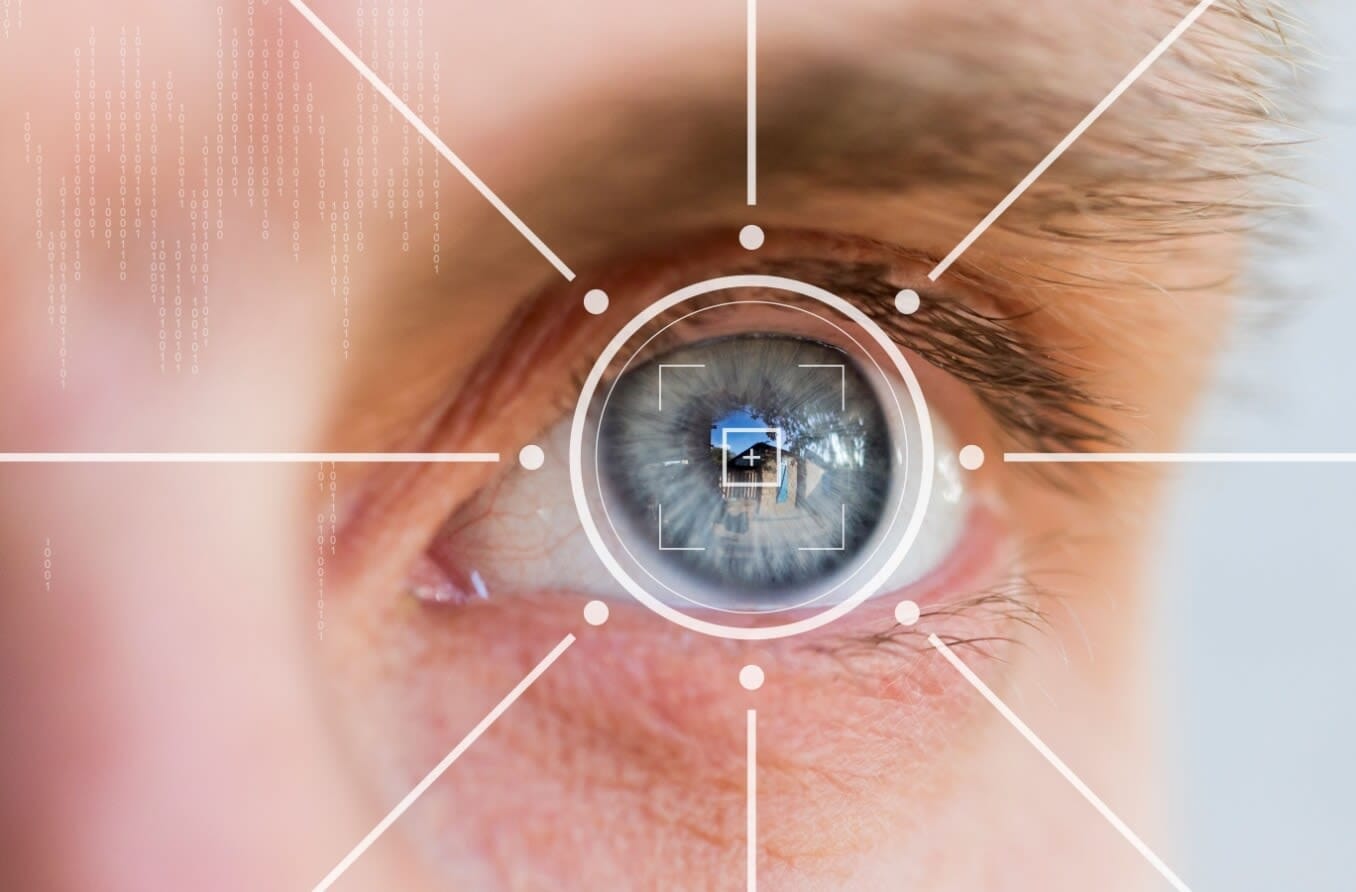
Eye tracking technology is used to measure eye movement and pupil size, revealing gaze points and visual interest. Learn how eye trackers work.

The cells in your eyes use positive and negative afterimages to create mind-bending optical illusions.
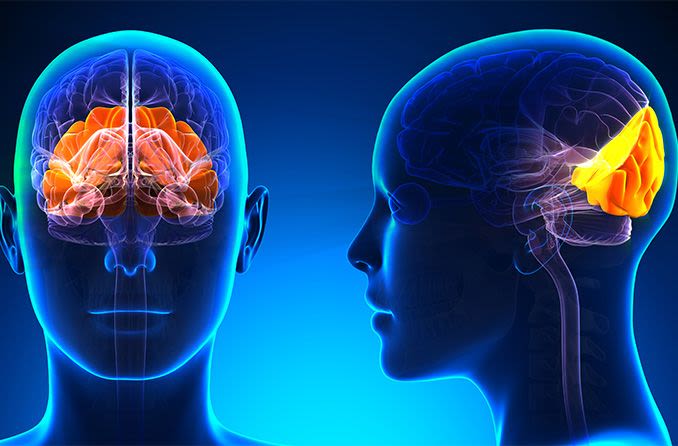
What part of the brain controls vision? Learn how the brain controls your eyesight and how vision is a complex function involving multiple brain lobes.

Learn why eye contact is important for communication, how our brains respond to it, and why avoiding eye contact is fairly common.
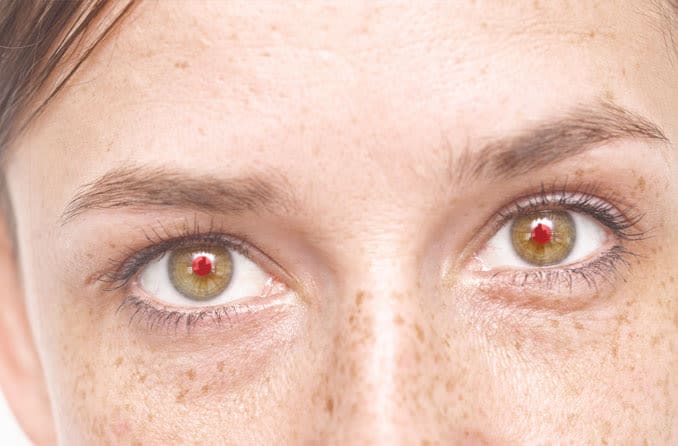
Learn why your eyes look red in pictures but your pets' eyes glow, and read tips to prevent and remove the red-eye effect in photos.
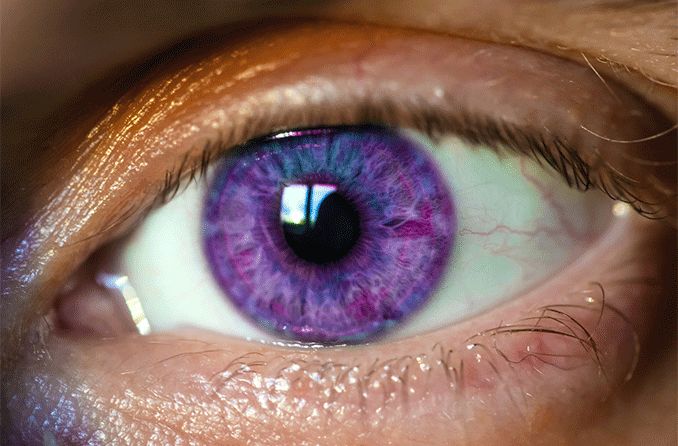
Alexandria’s genesis is a fictional disease said to cause purple eyes and perfect vision.
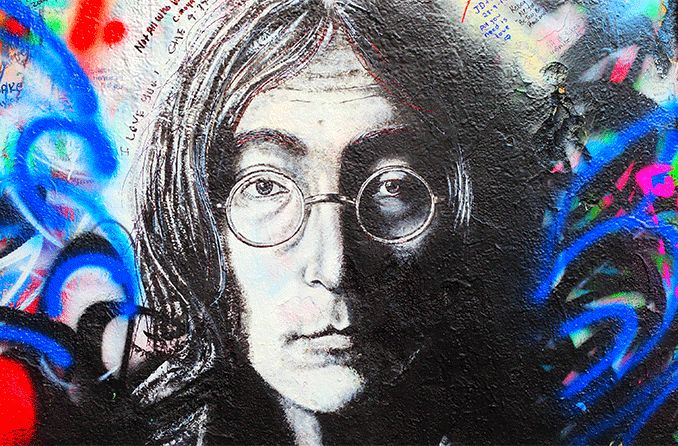
Draw your style inspiration from the late rock star John Lennon’s iconic vision wear with a pair of round glasses or round sunglasses.
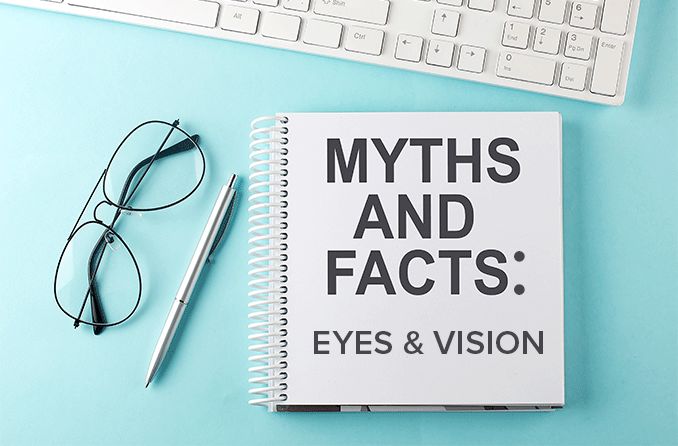
Do carrots really improve eyesight? Can a contact really get lost in your eye? Read more as we debunk common myths about eyes and vision.

Ommetaphobia is the fear of eyes. Even thinking about eyes can induce anxiety. Read to learn more about ommetaphobia and how to treat it.
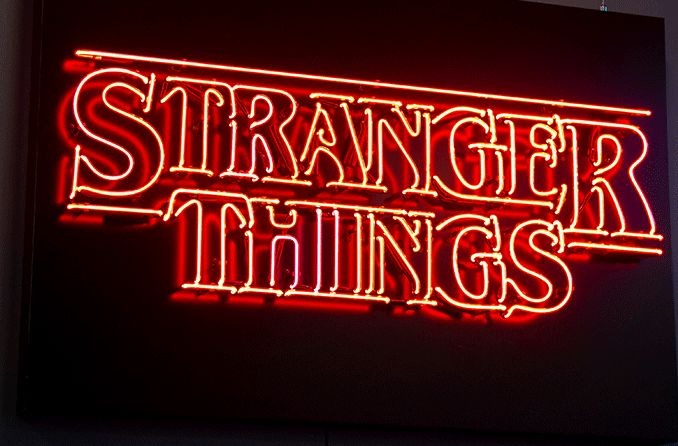
Read theories about the Stranger Things villain’s cataract. For example, what could have caused them. Plus, will Max ever see again?
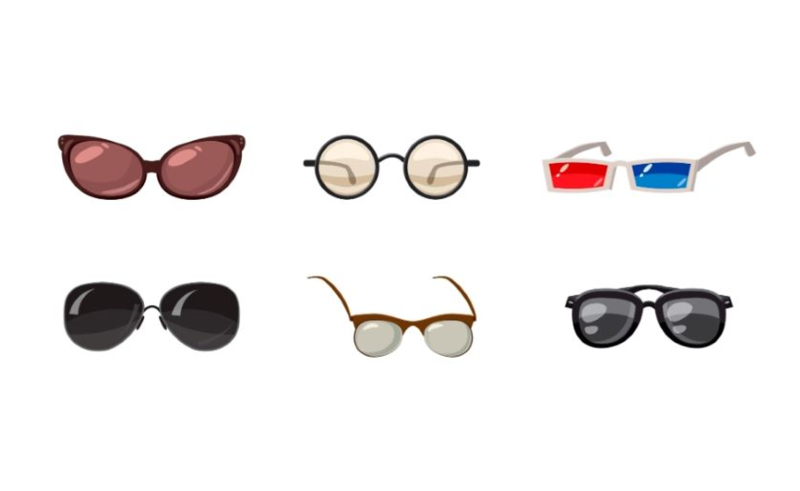
Animated characters with glasses can provide great inspiration when you’re looking for your next frames. Learn which cartoons have the most iconic specs.

Getting glasses can be tough for kids. This list of favorite book and movie characters who wear glasses can help you show yours that wearing glasses is cool.
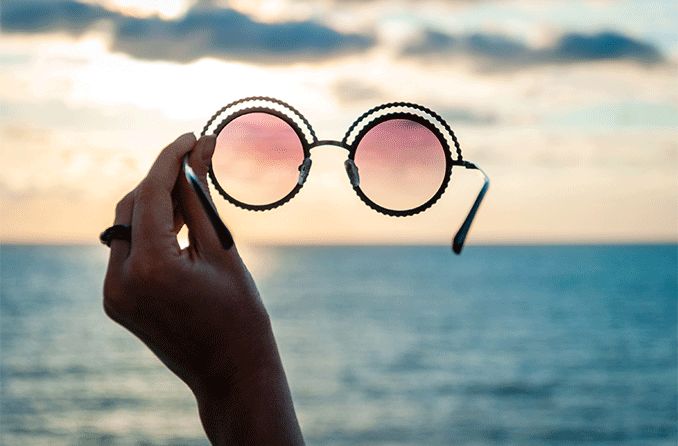
Rose-colored glasses don’t just help us see the world in a more favorable light. They also enhance vision and increase depth of field.

An in-depth, resource-packed guide for dealing with sensory overload if you have low vision.
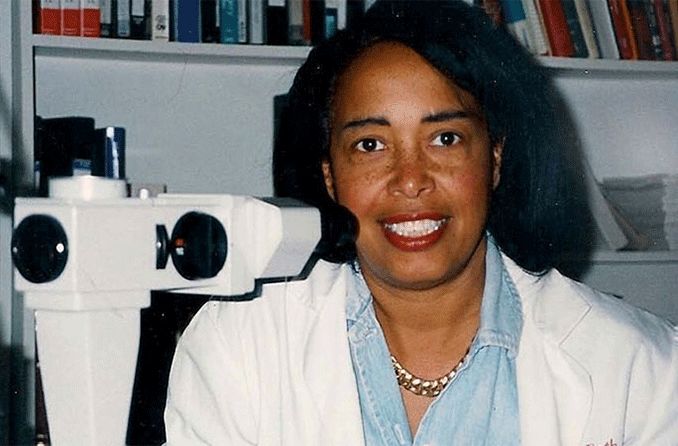
Black History Month spotlight on Dr. Patricia Bath’s enormous contributions to the field of ophthalmology and her passion for making eye care globally accessible.

Have fun in the sun all summer long with these eye-friendly sunscreens.

Learn how visually impaired athletes qualify to compete in the Paralympics, and whether they can perform in the Olympic games.

Eye symbols have depicted good or evil. Discover the symbolism of eyes across cultures, from the Eye of Providence to the Jewish evil eye.

Explore the details of the Visual Mandela Effect, including causes and examples.
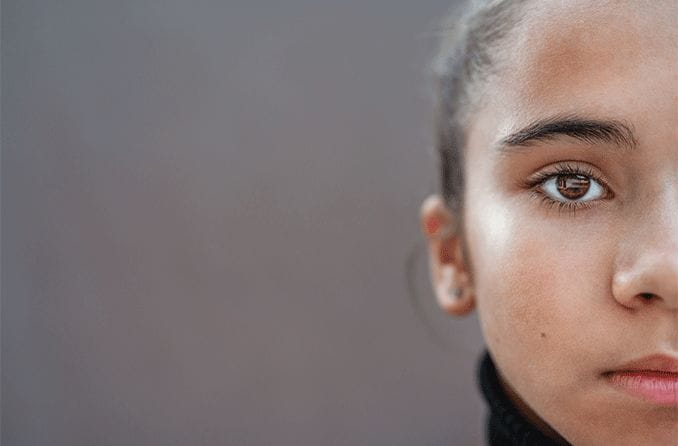
Get the details on refraction, the process that bends light through a transparent medium in our eyes to produce clear eyesight.
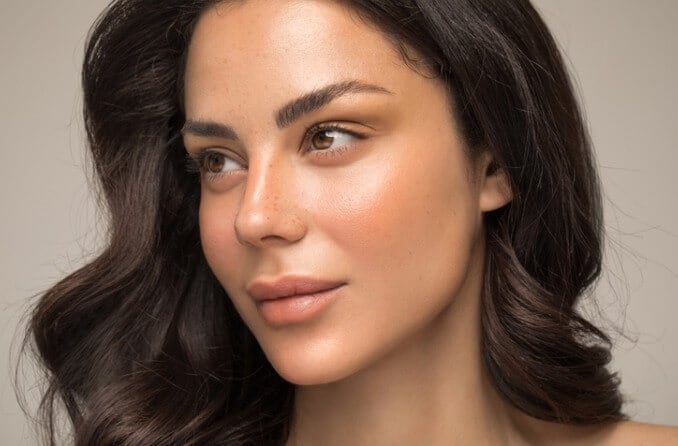
Eyebrows trap dust and pollen, keep sweat out of your eyes, help you communicate and more. Here's everything you need to know about the purpose of eyebrows.

Ever wonder why we roll our eyes? We roll our eyes for many reasons from annoyance to exhaustion but the gesture could have serious effects on relationships.

Why do we wink? What does a wink mean? Learn how and why we wink, the various meanings of a wink around the world and what to do if you wink uncontrollably.

Retrieving data. Wait a few seconds and try to cut or copy again.
All About Vision and AllAboutVision.com are registered trademarks of AAV Media, LLC. © 2000-2025 AAV Media, LLC. The content on this site is for informational purposes only. All About Vision does not provide medical advice, diagnosis or treatment. Contact an eye doctor if you need medical attention.